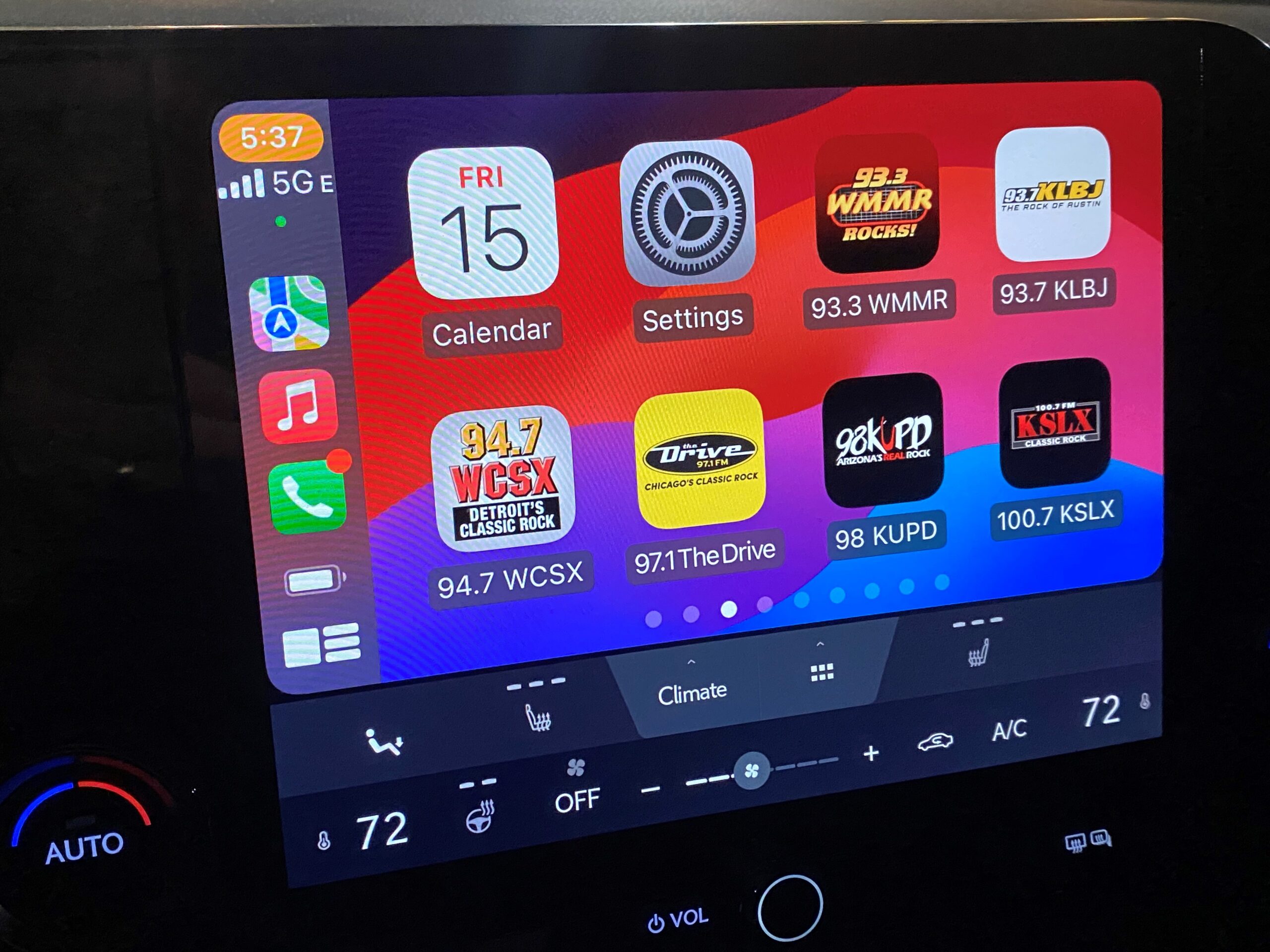
Since Apple and Google rolled out CarPlay and Android Auto nearly a decade ago, there’s been more dashboard stability than at any other time since the “Infotainment Era” began with Ford SYNC back in 2007.
Not unlike the radio broadcasting industry, the OEMs – the acronym for the original equipment manufacturers: BMW, Jeep, Kia, Chevy, Mercedes Benz, and the usual suspects – aren’t usually on the same page with one another. In the early days, all their systems were different, making it stressful for drivers trying to do even simple tasks – like tuning in a favorite radio station.
But let’s not be too hard on the car companies. After all, they’ve been generously building AM/FM radios in the center of their dashboards for decades and decades.
And when you think about the value proposition for radio, well…it’s a sweetheart deal if there ever was one. They build perfectly good AM/FM radios, stick ’em right in the center of the dash, and we monetize them – AT NO COST TO US! (Whatever genius who brokered this deal deserves a Marconi.)
But as we know, some car manufacturers have broken away from the accepted norm, threatening to remove AM radio from their electric vehicles. There is now legislation pending – the AM For Every Vehicle Act – now making its way through the House and Senate.
It remains to be seen whether the broadcast radio industry will be successful in this effort. That said, we’re seeing more automakers try to create new paradigms leveraged on their opportunity to finally make some money from their various dashboard components.
BMW, in particular, has been looking at various FaaS subscription plans in Europe – Features as a Service – where new car buyers have the option to pay a monthly fee in order to access features like heated seats. As you might expect, there’s reportedly been broad pushback by consumers who apparently are having none of it.
General Motors has spent the last several years assessing various monetization plans. Pre-pandemic, they attempted to roll out a data plan – a sort of radio ratings competitor – that would have been a de facto competitor to Nielsen. The idea was to repurpose radio and audio usage from willing drivers, capturing their actual real-time listening in cars. That one never got off the ground.
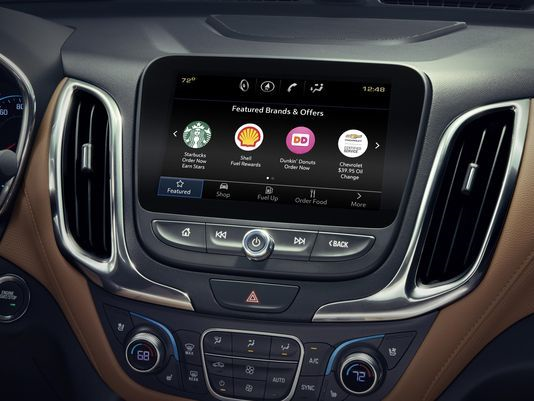
Then there was “GM Marketplace” (pictured) – an interface connected with various retailers – gas stations, fast food restaurants, coffee shops, etc. The car’s dashboard used AI to learn where you typically drive, when you arrive, where you go for lunch, when you drive home, etc. Working in concert with these street-level companies, your GM vehicle would start recommending the driver gets off at the next exit for a Dunkin’ Donuts is .3 of a mile down the road. And to make the deal more attractive, the system might serve up a money-saving coupon that would make a purchase even more attractive.
But after just 5 years of operation, GM shut down Marketplace last year. Some blamed a clunky interface, requiring drivers to set up registration with the system’s retailers. A story in The Verge about Marketplace’s demise notes that while the complicated interface didn’t make things easier for drivers – or passengers – there is still interest among auto brands in connecting with people on the go.
And it’s noteworthy Amazon continues to make progress getting the voice of Alexa installed in cars. We will once again be visiting Echo Auto at CES 2024 next month to learn more about the confluence of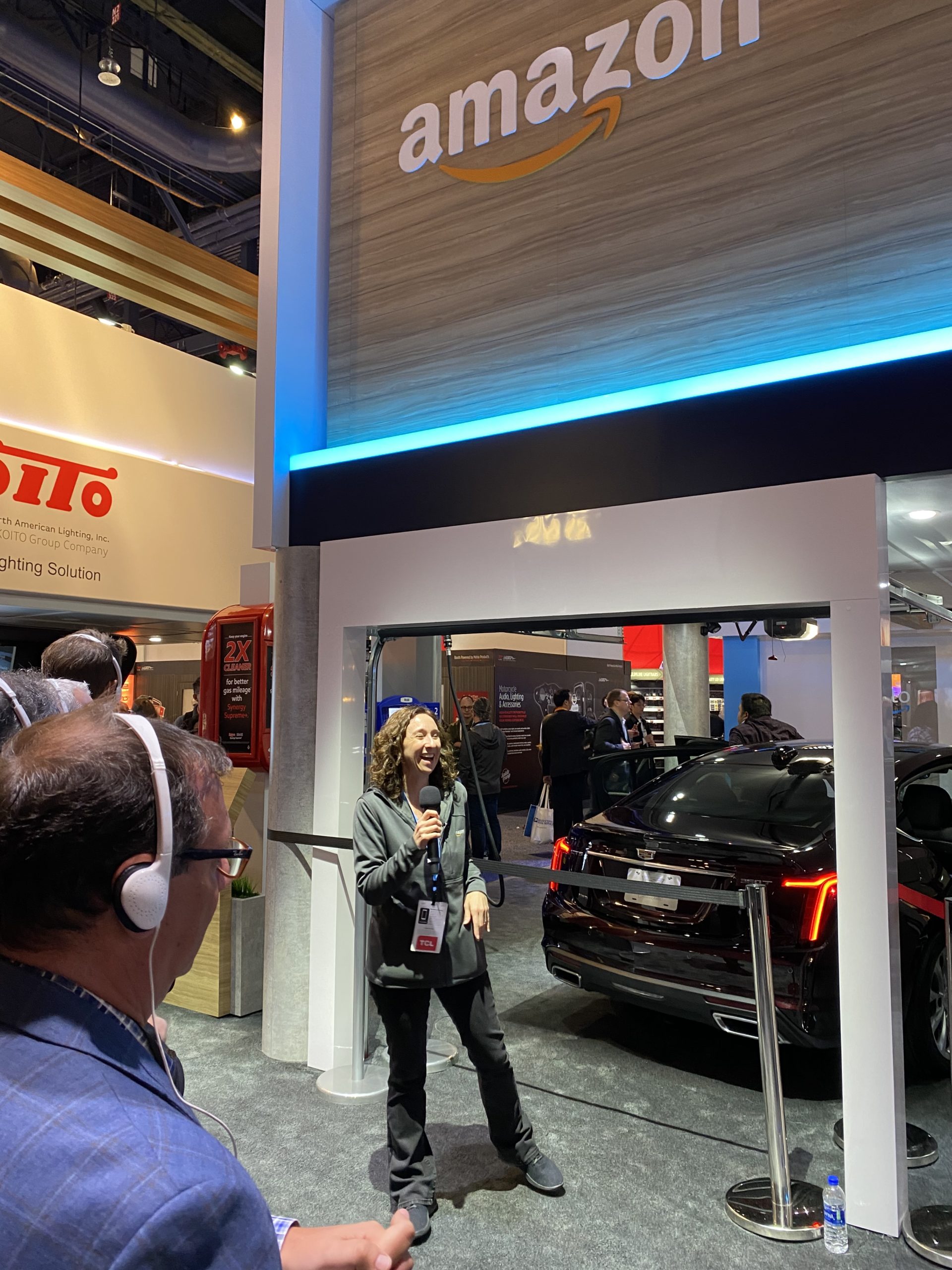 commerce and cars.
commerce and cars.
All these examples underscore this notion automakers are looking far and wide for dashboard monetization concepts. And if they circumvent Herb Tarlek’s negotiation with that restaurant in the strip mall, too bad. Right now, those OEMs are trying to make MONEY any way they can.
Or they’re looking for ways to use their scale to save millions. That’s the underlying mindset behind removing AM radio – or all radios – from cars. Radios cost money, and if drivers can tune in WFAN or WGN from an app like TuneIn, what’s the problem?
I sometimes hear radio people ask, “Why do car manufacturers care if it costs an additional $50 a vehicle to provide some insulation so that AM radios won’t buzz and hum in EVs?” Well, multiply that per vehicle price tag by a few million and you totally understand why the cost of radio in cars is something they’re scrutinizing.
But at what price to their overall ability to sell cars?
Ford broke strategy earlier this year when they 1) announced AM would not be included in their EVs, and 2) later declared AM radio would not be included in all of their new 2024 vehicles.
After the radio broadcasting industry raised holy hell over these decisions, Ford backed off – for now. But this incident is a strong indicator things are changing fast.
And automakers may be making strategic mistakes that could affect them over the next few years if it plumps up their first quarter numbers. (Sound familiar?)
Ford is not alone in its sloppy decision making. GM is now making calls about how their EV cars and trucks are equipped that could clearly disrupt their sales – especially among younger consumers.
It’s happening in the dashboard right before our very eyes with the highly popular Apple CarPlay system that’s been installed in millions of vehicles for the past nine years.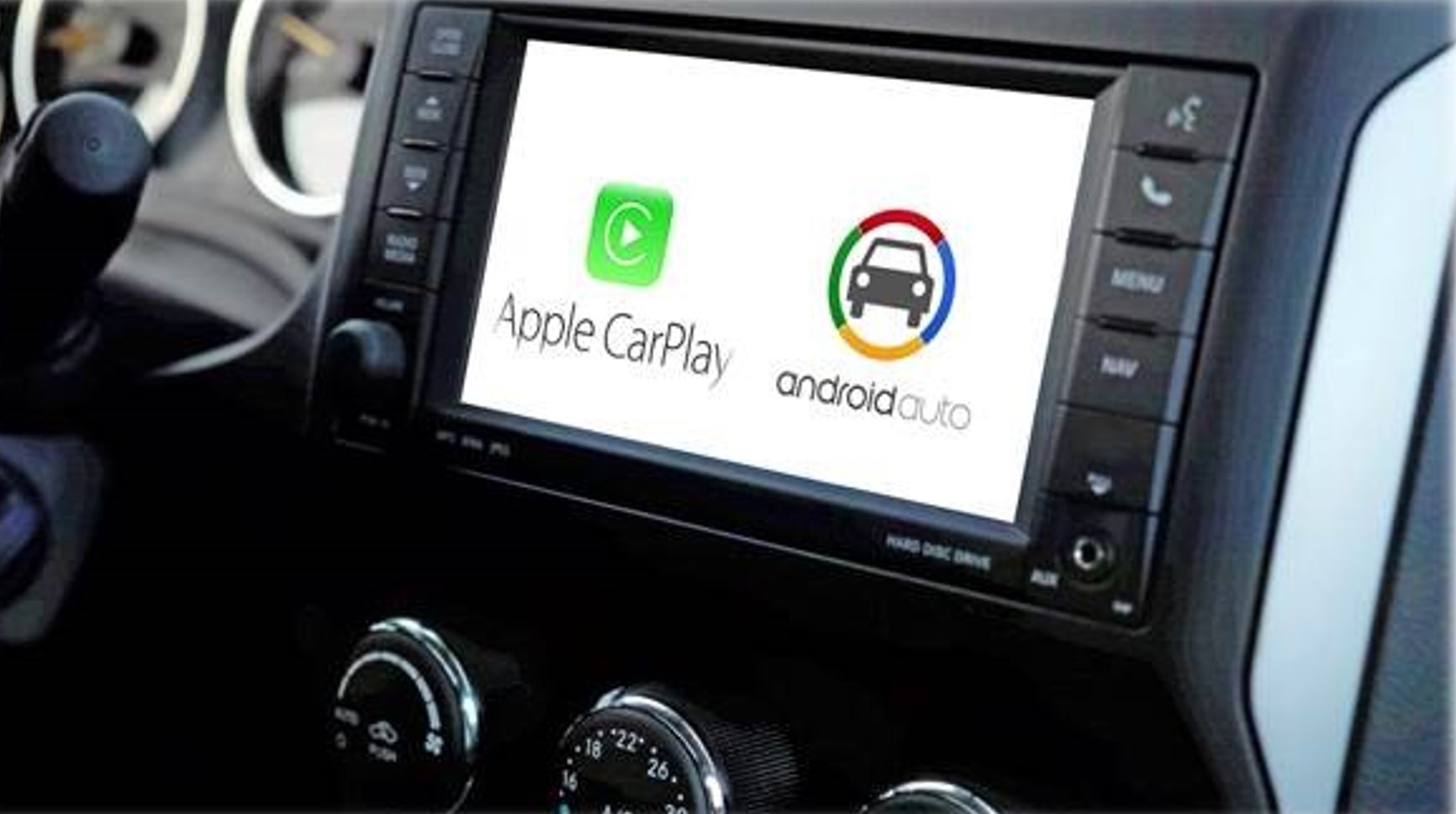
Originally, Apple (and Google with their Android Auto product) developed this interface because most of the OEM-created infotainment systems were mediocre at best, confusing and clunky at worst.
Apple CarPlay, in particular, has come a long way since 2014 when their ecosystem first launched. To their credit, Apple has made it relatively easy for any radio station to show up on their in-dash screen as the photo of my car at the top of today’s post illustrates.
(I remember when our jacapps team and Paul and I had our first conversation with Apple developers, trying to explain to them why local radio stations desired a small piece of CarPlay “real estate.” They had their doubts and we really had to press them hard on the value of featuring local stations in CarPlay. The eventually got it and here we are today.)
Today, the system is a must-have for many car buyers who love the way it mirrors their iPhones in the car. It’s intuitive, simple, clean, and functional – all the things most auto manufacturer systems aren’t.
They’re also consistent.
If you hop in a vehicle equipped with CarPlay, you can simply pair your phone – and GO. The system is consistent across models and manufacturers – just like your iPhone.
But fly to Disney World and rent a Chevy Impala or a Cadillac Escalade – without that familiar CarPlay interface – and you may be in for a rough ride, especially if you’ve never driven one of these models before.  Unlike CarPlay, you have to learn how to make use of a new system – while you’re trying to find FL-528 on your way to Sea World.
Unlike CarPlay, you have to learn how to make use of a new system – while you’re trying to find FL-528 on your way to Sea World.
That’s because the wizards at General Motors have decided you really don’t need CarPlay (or Android Auto) in their EVs after all.
A story in Jalopnik by Lawrence Hodge this week reveals car company execs may, in fact, not be smarter than an average 5th grader. Dropping these systems in favor of developing their own in-house product (reportedly a native system made by Google), you’d think some of the Android Auto functionality might be part of this new system.
But Apple CarPlay in brand new GM EVs? Kiss it goodbye.
After getting pushback from their dealer network (along with GM drivers or would-be customers), GM is now claiming Apple CarPlay and Android Auto are unsafe, often forcing drivers to pick up their phones to get the desired reaction.
Are these systems from Apple and Google error-free? Not by a longshot, and their reliability and functionality vary by car manufacturer. In my Lexus, for example, it can be buggy at times.
But unsafe?
Teslas are unsafe when drivers get their “look-ma-no-hands” jollies using Elon Musk’s Autopilot feature.
GM’s defense of killing Apple CarPlay in its EVs sounds a lot like radio station that try to explain away their decisions when they change formats or blow out their well-paid morning guy. Consumers can see right through their happy talk.
This, I know. Apple CarPlay is a big deal. And it’s getting bigger. You can see it each year in our Techsurveys.
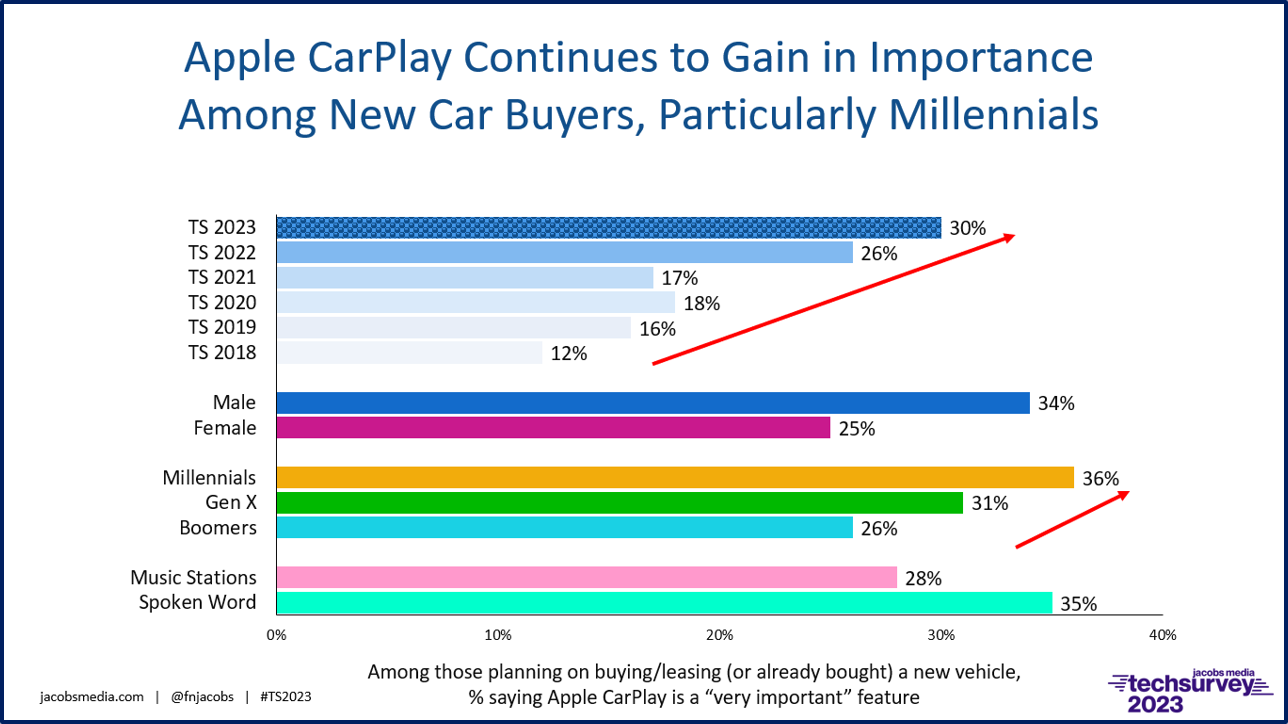
Pretty impressive growth for a car feature, isn’t it? And the irony is that all the OEMs – including GM – have been touting the benefits of driving their vehicles with CarPlay. Except now, it has somehow become “unsafe.”
In fact, this is a commercial GM’s Buick division is running all over TV right now.
https://www.youtube.com/watch?v=Di4LOUxSfX4
This calls into question the shoot-from-the-hip philosophy that even some of the world’s biggest companies employ. Rather than focus on the customer, GM’s brain trust obviously knows best when it comes to what drivers want in their cars.
Techsurvey 2024 goes into the field early next month, and we’ll continue to track the wisdom of GM’s infotainment “strategy.”
Until then, iPhone users shopping for that new Chevy, Buick, Cadillac, or GMC truck – there’s no app for that.
Correction: WWJ’s Jeff Gilbert pointed out to me GM is no longer offering Apple CarPlay on their EVs. It apparently will be available on the ICE vehicles. I have corrected this post to reflect that and apologize to those who may have read it before it was amended. More info is here about possibly why GM is really eliminating CarPlay and Android Auto from their EVs. And claims there are safety problem with CarPlay and Android Auto are specious. – FJ
Thanks to Christy Taylor for the heads-up.
This post is the last new one for 2023, barring something truly newsworthy happening in the next two weeks that cannot wait until the new year. Otherwise, enjoy “Best of 2023” these next two weeks, some of the most-read, most buzzworthy posts published here over the last 11½ months.
As always, a sincere thank-you to all of you who stop by to read these posts, and a high-five for those of you take the time to chime in yourself. And special kudos to you “regulars” who dutifully read what’s posted here, occasionally forwarding them along, and even taking the time to engage by throwing in your 2¢ – or more.
As Seth Resler would remind me, we have a community here – unified by our passion for radio broadcasting and hopefully, illuminated at times by my words and your comments. It’s been another crazy, often cataclysmic year for our industry – and for many of us personally and professionally. Hopefully, some of these conversations helped put the madness in perspective, or maybe gave you a few minutes of escape.
If you’re reading these words, it means you got through another weird orbit around the sun. So, let’s get ready for an encore that’s more pleasant and positive than the year about to pass.
I wish you wonderful holidays and all good things.
See you back here in ’24. -FJ
- In Radio, You Just Never Know - April 17, 2025
- The Secret To Making A Great Podcast (And Great Radio) - April 16, 2025
- I Read The (Local) News Today, Oh Boy! - April 15, 2025




Thank you, again Fred. Licensed Audio Content (aka RADIO, AM & FM On Air and Digital) must be easily & safely received in all automotive. Information from essential curated topics: Local News, Weather, Traffic, Sports, Financial, Health, Environment and Entertainment in addition to shopping.
Thanks, Clark. All the best holidays to you & yours.
Thank you for calling this story to our attention. Your comparison is spot-on of Auto manufacturers to Radio operators who are not focused on the end user. Someone will do so and that will have an impact. I can’t help but think of the early days of home video. I bought a Sony Betamax VCR … because it was “better.” It was made by Sony. They had to know how to market this new technology. It sits on the work bench in my basement with the other outdated technology since then. Quickly Replaced by more user friendly VCRs. Of course they’re all sitting on that bench now.
I love the Betamax story, Mike. I met a European guy a few yer ago through the blog who has an extensive collection of outdated gear. As I recall, it took up a lot of space in his house. Thanks for the comment.
That very much looks like it’s going to be a case of ‘the tail wagging the dog.’ And what is it with management/executives thinking that they need to reinvent the wheel to justify their positions/salaries?
We live in a data rich world and I’d like to see the data that indicated that in a VHS/Beta world, we need a third format.
Ultimately, it’s the customers who decide what is successful, and most importantly, how it is used.
Paul, only EVs will be affected 9for now), but it’s clearly a “miss” for GM.
I sure would loved to have been a fly on the wall in the GM meetings to hear what rabbit trails they went down to determine this was the “next right step”.
Thanks Fred for always making us a little smarter and more insightful each day. Already looking forward to 2024!
Appreciaate that, Mattt. I have since learned EVs will only be affected (for now). Still, a short-sighted move.
Thanks for another great year of fun, informative, entertaining (and sometimes frightening) reading, Fred. Always enjoy spending time with you discussing our favorite topic. Best to you and yours this holiday season and this coming new year.
I always appreciate you and the other “regulars” who hang out here with me. Best wishes for wonderful holidays.
The answer is simple. GM wants to monetize entertainment in their vehicles instead of watching Apple and Google reap the benefits tracking all that data. Can they design an interface that will import favorites from iOS and Android devices? Non-associated browsers do it, so I expect GM’s tech wizards can do it also. Will dashboard systems import games and other driving distractions? They’ll be safer if they don’t. The big question is whether you’ll have to pay for monthly internet access in order to use their interface. My guess is that Apple and Android may be able to deny internet access using their phones if you’re not using their apps. My guess is that manufacturers of car phone mounts will do great business.
Your first sentence, Brian. That is what this is all about. Thanks for commentingon this one.